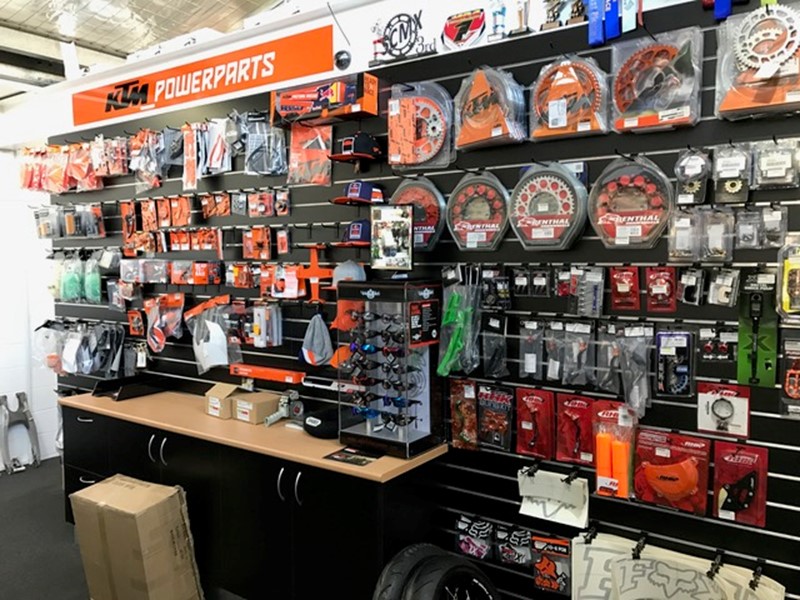Discover High Quality Moto Parts NZ for All Your Motorcycle Needs
Discover High Quality Moto Parts NZ for All Your Motorcycle Needs
Blog Article
Understanding Motorbike Gears: Just How to Maximize Your Riding Experience
In the world of motorcycling, grasping the art of gear control is critical for enhancing your riding efficiency. Effectively comprehending and making use of bike gears can considerably affect fuel, control, and acceleration effectiveness, transforming an ordinary adventure right into a seamless, exciting trip. By incorporating specific change timing and adjusting equipment selection to various roadway conditions, cyclists can make sure optimal engine efficiency and safety. The nuances of clutch control, throttle sychronisation, and equipment mechanics beckon a much deeper expedition, assuring to open the complete possibility of your device. Just how can these techniques be taken advantage of to truly optimize your riding experience?
Recognizing Equipment Mechanics
At the core of motorbike characteristics, equipment technicians play a crucial duty in converting engine power right into activity, inevitably dictating speed and control. The equipment ratios, carefully created, figure out the relationship between engine revolutions and wheel turns, influencing velocity and gas efficiency.
Understanding gear mechanics starts with recognizing the relevance of the gearbox, which houses multiple gears of differing sizes. These equipments communicate via a procedure understood as meshing, where teeth of different equipments engage to send power.
Furthermore, the principle of equipment moving is integral to taking full advantage of performance. Smooth and prompt shifts make certain that the engine operates within its optimum power band, protecting against unnecessary pressure and improving durability (mx parts nz). By comprehending these mechanical intricacies, riders can achieve a harmonious blend of effectiveness, control, and power, boosting their riding experience
Timing Your Shifts
Shift timing mastery is vital for enhancing motorcycle performance and improving the riding experience. Effectively timed shifts guarantee that the engine runs within its ideal power band, which is vital for maintaining control, attaining smooth acceleration, and guaranteeing the long life of the motorbike. Riders need to develop an user-friendly sense of when to shift equipments, which entails recognizing the connection between engine revolutions per min (RPM) and speed.
To master change timing, pay close interest to the engine's audio and really feel, as these give vital hints regarding when to transform gears. The perfect change factor usually occurs when the engine approaches the upper variety of its power band without reaching the redline. Changing prematurely can lead to an absence of power, while shifting far too late might create unneeded engine stress
Additionally, road problems and riding style impact change timing. In metropolitan settings, smoother and more regular changes might be necessary to navigate traffic successfully. On the other hand, during highway riding, less changes at greater rates can be better. Practicing in diverse settings will boost your capability to time shifts exactly, eventually raising your riding experience to a professional degree.
Enhancing Fuel Performance
While understanding motorcycle equipments is essential for performance, boosting fuel efficiency is just as vital for both financial and ecological reasons. Optimal fuel consumption not just minimizes operational expenses yet additionally reduces the environmental impact of riding. To achieve this, one should comprehend the complex connection in between gear option and engine efficiency.
Riding in a greater gear at lower rates can lead to engine hauling, which is destructive to both fuel economic situation and engine health. Alternatively, riding in reduced equipments at high rates results in unnecessary fuel usage.
Furthermore, normal maintenance plays a crucial role in fuel efficiency. Ensuring that the bike is well-tuned, with clean air filters and appropriately pumped up tires, can enhance aerodynamics and decrease fuel wastefulness. Furthermore, adopting a riding design that welcomes steady acceleration and smooth deceleration can contribute to much better fuel more economy.

Strategies for Smooth Transitions
Attaining smooth gear shifts is fundamental to improving the riding experience and guaranteeing the durability of a motorcycle's transmission system. Appropriate equipment changing not only adds to a smooth ride but additionally decreases damage on the mechanical parts. To understand the art of smooth changes, cyclists should concentrate on a couple of essential techniques.

Secondly, clutch control plays a crucial role. Involving and disengaging the clutch smoothly calls for technique. The clutch bar must be launched progressively, allowing for a smooth transfer of power from the engine to the wheels without creating a jolt or sudden motion.

Adjusting to Road Conditions
Navigating diverse roadway conditions is an important skill for any motorcyclist aiming to maintain control and safety and security. Whether you're riding on wet surfaces, crushed rock roadways, or browsing doglegs, your capability to adapt your gear use and riding technique is paramount. Understanding how to readjust your equipments appropriately can considerably impact traction and stability, making certain a more secure trip.
On damp roadways, it is a good idea to keep higher gears to decrease torque and minimize wheel see spin. This approach assists maintain hold on slippery surfaces, enabling smoother acceleration and slowdown. In comparison, when riding on crushed rock or unequal terrain, lower equipments are better. Reduced equipments supply far better control and enable you to respond even more swiftly to unexpected changes in the road surface area.
Sharp curves require accurate gear monitoring to stabilize rate and control. Downshifting prior to going into a curve can help maintain momentum while making sure the motorbike continues to be secure throughout the turn. Constant practice in different conditions boosts your ability to predict and react to modifications in road appearance and incline.
Conclusion
Grasping bike equipments considerably boosts the riding experience by boosting velocity, fuel, and control performance. Adjusting gear choice to different roadway conditions, such as making use of higher gears on wet surfaces and reduced gears on crushed rock, more boosts handling and safety.
Understanding equipment mechanics starts with acknowledging the value of the gearbox, which houses several gears of differing sizes. These equipments connect through a procedure known as meshing, where teeth of different gears engage to send power (motorbike shop). Mild changes to the throttle throughout equipment changes can stop jerky activities and maintain a consistent riding speed
Whether you're riding on damp surfaces, crushed rock roads, or browsing sharp turns, your capacity to adapt your equipment usage and riding strategy is paramount. Adapting gear option to various roadway problems, such as utilizing greater gears on wet surface areas and reduced equipments on crushed rock, more enhances handling and safety.
Report this page